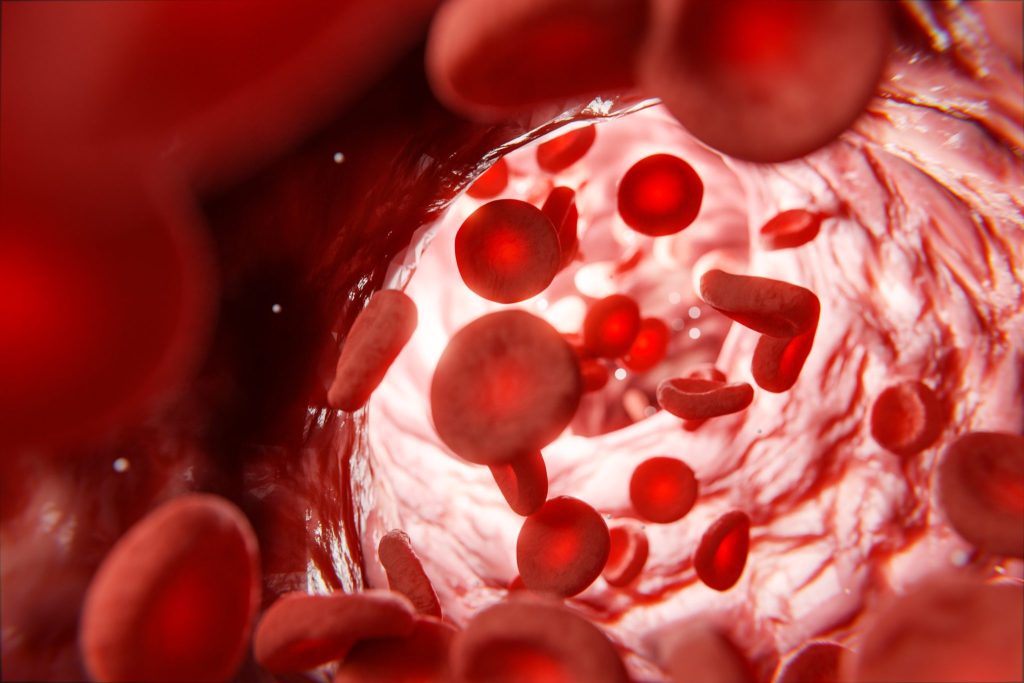In the bustling landscape of health awareness days, one newcomer is making waves for its focus on a crucial yet often overlooked aspect of heart health: triglycerides. National Triglycerides Day, observed on March 28, shines a spotlight on these blood fats that, when elevated, can significantly increase the risk of heart disease and stroke. Unlike the more widely recognized cholesterol, triglycerides don't always get the attention they deserve in discussions about cardiovascular health. This day aims to change that, encouraging folks to get their levels checked and to educate themselves on how lifestyle choices can impact their heart health. With heart disease as a leading cause of death worldwide, recognizing and managing triglyceride levels could be a game-changer for millions. But how did this day come about, and why is it critical for us to tune in?
Key Takeaway
Timeline
Day Activities
-
Morning Kick-off with a Healthy Breakfast: Start National Triglycerides Day with a bang by whipping up a heart-healthy breakfast. Think oatmeal topped with fresh berries or a smoothie packed with spinach, avocado, and a splash of almond milk. Not only does it taste like you're cheating on your diet, but it also sets the tone for a day of mindful eating.
-
Lunch and Learn Sessions: Midday, why not join or host a virtual "Lunch and Learn" about managing triglycerides? Nutritionists or healthcare professionals can offer golden nuggets of advice on diet changes that pack a punch in lowering triglyceride levels. It's a chance to munch while you learn – talk about killing two birds with one stone!
-
Evening Walks or Workouts: Cap off the day by getting your blood pumping with some exercise. Whether it's a brisk walk in the park or a heart-thumping home workout session, moving your body is key. Exercise not only helps in managing triglyceride levels but also boosts your mood after a long day.
Why We Love This Day
-
Spreading Awareness about heart health is crucial, and that's exactly what National Triglycerides Day does. It's a day dedicated to educating folks on how to keep their ticker ticking properly by managing triglyceride levels. With heart disease being a leading cause of death worldwide, having a day to spotlight this issue is a no-brainer. Plus, it's a perfect excuse to learn more about what goes into keeping our hearts healthy and happy.
-
Encouraging Healthy Lifestyle Choices is another reason we're all about National Triglycerides Day. This day isn't just about throwing stats at you; it's about showing you how to make changes that stick. From swapping out snacks for healthier options to lacing up those sneakers for a brisk walk, it's all about taking small steps towards a healthier heart. And let's be honest, who doesn't love a good reason to try out a new healthy recipe or find a fun way to get moving?
-
Community and Support play a big part in why this day rocks. When people come together to share their stories, tips, and encouragement, it makes tackling health goals less daunting. National Triglycerides Day serves as a reminder that you're not in this alone. There are tons of resources, groups, and healthcare professionals ready to support you in your journey to better heart health. Plus, sharing your own progress can inspire others to take action, creating a ripple effect of heart-healthy habits.
Past & Future Dates
| Month | Day | Year |
|---|---|---|
| MARCH | 28 | 2022 |
| MARCH | 28 | 2023 |
| MARCH | 28 | 2024 |
| MARCH | 28 | 2025 |
| MARCH | 28 | 2026 |
| MARCH | 28 | 2027 |
| MARCH | 28 | 2028 |
FAQ
What is National Triglycerides Day?
March 28 marks the celebration of National Triglycerides Day. This day shines a spotlight on the significance of monitoring triglyceride levels. It also encourages adopting healthy lifestyle choices, such as a balanced diet and regular exercise, to maintain optimal triglyceride levels.
What is celebrated on March 28th?
On March 28th, we observe National Triglycerides Day. It's a day dedicated to raising awareness about the importance of maintaining healthy triglyceride levels to prevent cardiovascular diseases and promoting overall health wellness.
What are 10 foods to lower triglycerides?
To keep those triglyceride levels in check, consider loading up your plate with:
- Salmon and other fatty fish rich in Omega-3
- Oats and whole grains
- Nuts and seeds like almonds, walnuts, and flaxseeds
- Avocado for its healthy fats
- Olive oil as a heart-healthy cooking oil
- Legumes such as beans and lentils
- Leafy greens like spinach and kale
- Berries and other high-fiber fruits
- Soy products in moderation
- Dark chocolate, in small amounts
What is the alarming level of triglycerides?
When we talk about triglyceride levels, here's what to watch out for:
- Normal: Less than 150 mg/dL
- Borderline high: 150 to 199 mg/dL
- High: 200 to 499 mg/dL
- Very high: 500 mg/dL or above. Hit that very high mark? Time to chat with a healthcare pro.
